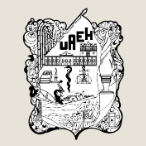Introduction to the Autonomous University of the State of Hidalgo:
Introduction: The Autonomous University of the State of Hidalgo is an important institution of higher education in the state of Hidalgo, Mexico, playing a key role in the education and research fields of the region.
Overview: The school is large, with a student population of about 40,000, from 84 cities in Hidalgo and central Mexico. The school has several campuses throughout the state. In addition to the main campus in Pachuca, it also has teaching sites in Actopan, Apan, Atotonico de Tula, and four high schools in Pachuca and Tulancingo.
History: The school was founded in 1869 as a literary, artistic and handicraft college founded by local merchants, and was later taken over by the state government. During the Mexican Revolution, the school faced closure several times, but survived. In 1921, the school absorbed other schools and changed its name to Hidalgo University, and restored its original name in 1925. In the 1940s, the school added medicine, law, and engineering, and gained autonomy in 1948. In 1961, the 53rd Legislature of Hidalgo State issued a decree to establish the current Autonomous University of Hidalgo. In 2005, the school assisted in the establishment of the Mexican University Union.
Founded: 1869.
School Strength: It has 3,164 academic staff. The school offers undergraduate, master's and doctoral degree programs in arts and humanities, business and social sciences, medicine and health, science and technology, engineering and other fields. It has certain strengths in teaching and scientific research, and has trained a large number of professional talents, contributing to the development of the local and national areas.
Institutional nature: public university.
Educational philosophy: The school takes "love, order and progress" as its motto, is committed to cultivating students with all-round development, pays attention to students' knowledge learning, moral cultivation and the formation of social responsibility, and provides students with high-quality education so that they can play an active role in society.
Key laboratories and disciplines: The school has certain advantages in many disciplines, such as agricultural science, biology, medicine, chemistry, etc. From the perspective of research centers and disciplines, there are agricultural science institutes, health science institutes, biological research centers, chemical research centers, etc., and the research directions involve meat quality, insect pathogenic nematodes, fermentation biotechnology, pharmacology, cell biology, etc. However, there is no public information that clearly points out that there are outstanding key laboratories.
Faculty: The school has multiple colleges and faculties, including the College of Agricultural Sciences, the College of Health Sciences, the College of Biological Sciences, the College of Chemistry, the College of Engineering, the School of Business, the School of Education, etc. The specific settings may be adjusted according to the development of the school.
Ranking: Ranked 1183rd in the 2024 4icu World University Rankings and 9th in Mexico. In the QS World University Rankings, it is around 1005 in 2024.
Fees: As a public university, the tuition fees for Mexican students may be relatively low to reduce the financial burden on students. However, there is currently no clear public information on the tuition fees for international students, and you may need to consult the school's admissions department or relevant institutions. In terms of living expenses, the cost of living in Hidalgo is relatively low, and the specific cost varies depending on personal lifestyle and consumption habits.
Campus environment: The main campus is located in Pachuca, with a beautiful campus environment and an architectural style that combines local cultural characteristics and modern architectural concepts. The campus is equipped with modern teaching facilities, libraries, laboratories, sports facilities, etc., providing students with good learning and living conditions. At the same time, the school often holds various academic activities, cultural performances, sports competitions, etc. to enrich students' extracurricular life and create a strong academic and cultural atmosphere.
-

National Autonomous University of Mexico
-

Anahuac University of North Mexico
-

Universidad Autonoma de Guadalajara
-
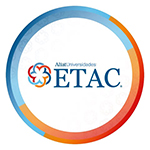
Universidad ETAC
-

Meritorious Autonomous University of Puebla
-
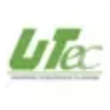
Technological University of Tulancingo
-
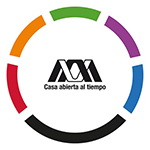
Metropolitan Autonomous University
-

Autonomous University of Sinaloa
-
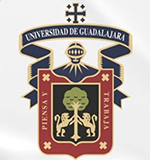
University of Guadalajara
-

Technological University of Huejotzingo
-

Mesoamerican University
-

Istmo University
-

Mariano Galvez University of Guatemala
-

Regional University of Guatemala
-

Galileo University
-

Francisco Marroquín University
-

Rafael Landívar University
-

University of the Valley of Guatemala
-

University of San Carlos of Guatemala
-

Technological Institute of Tlaxcala Plateau
-

Golfo University
-

Technological University of South Sonora
-

Technological University of Huejotzingo
-

Tizimín Institute of Technology
-

Chilpancingo Institute of Technology

